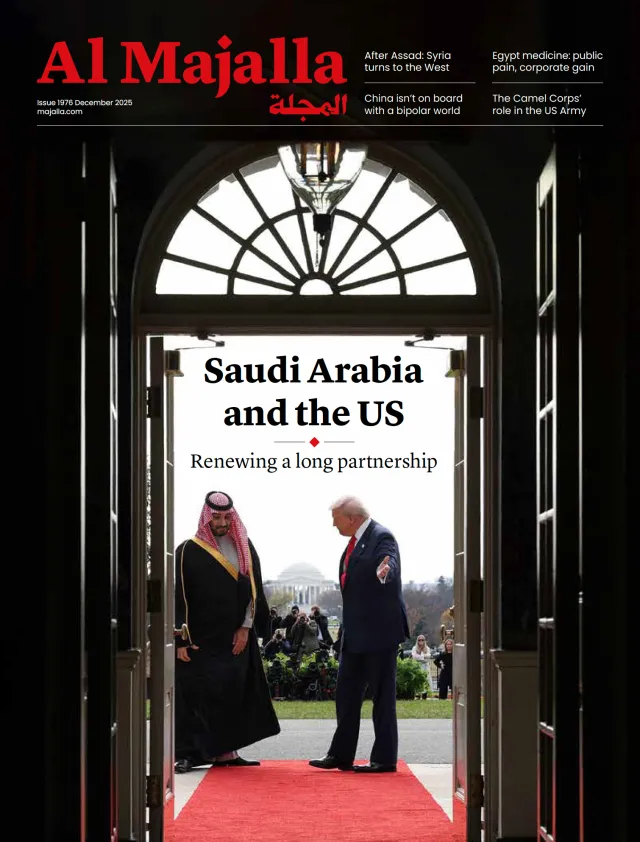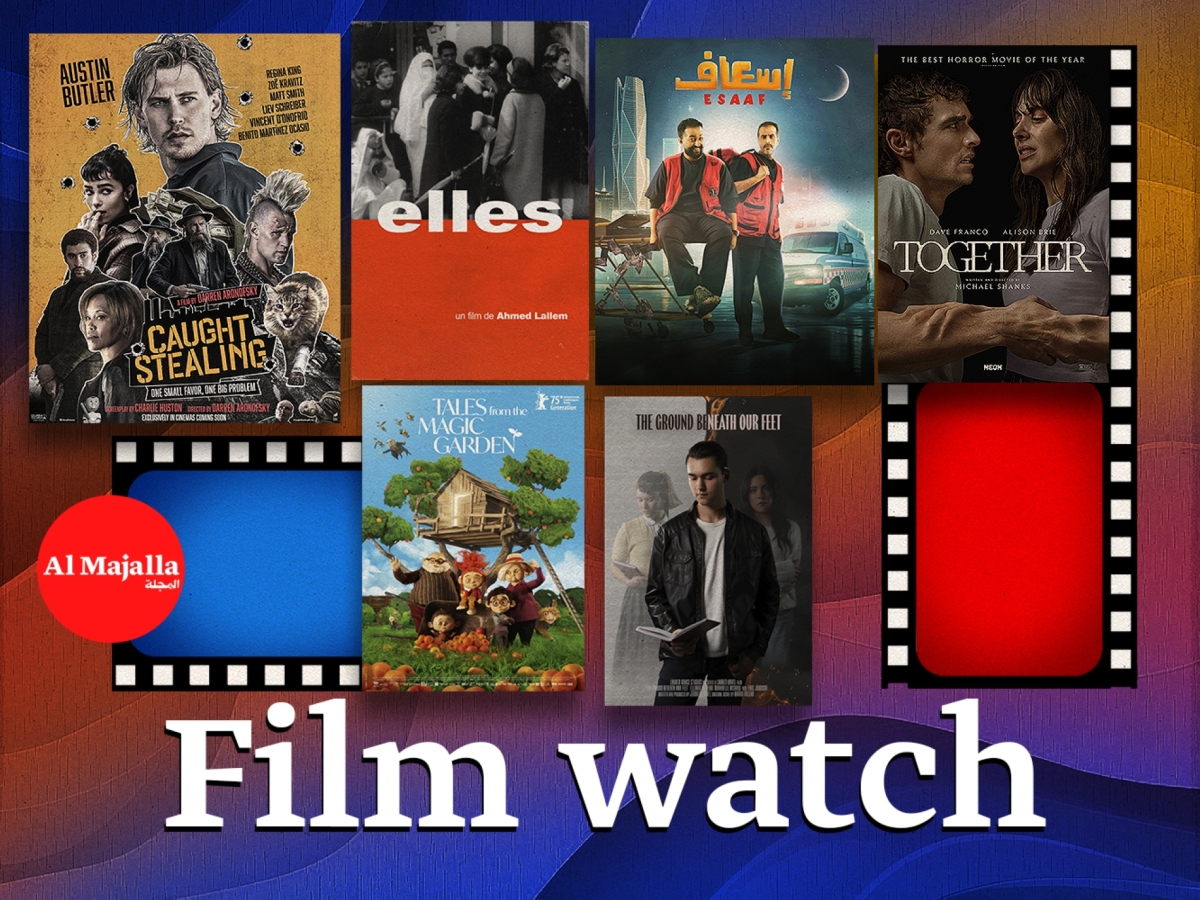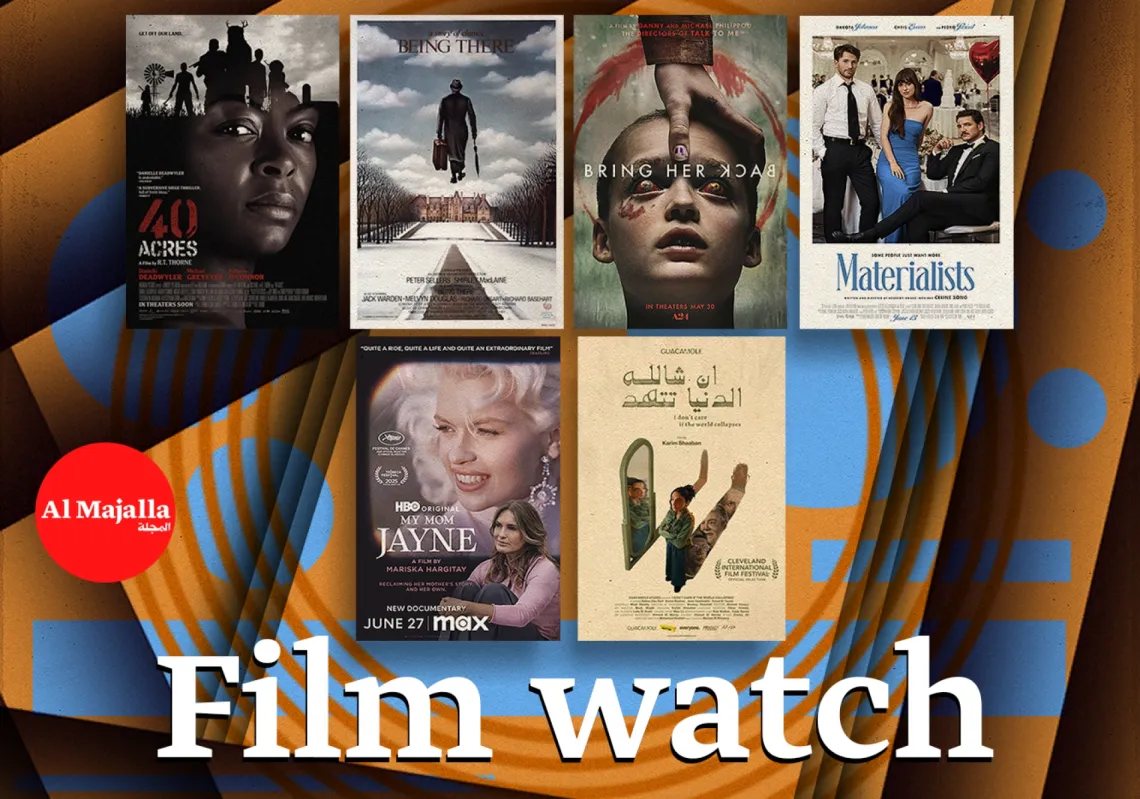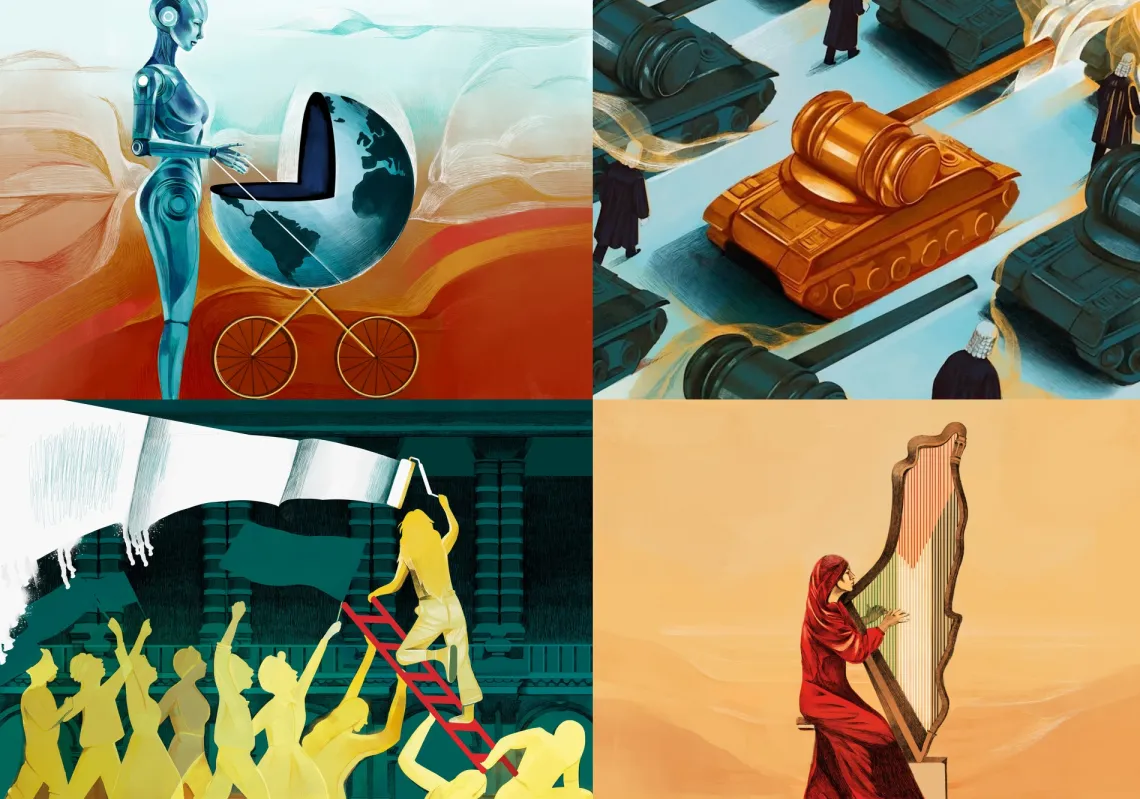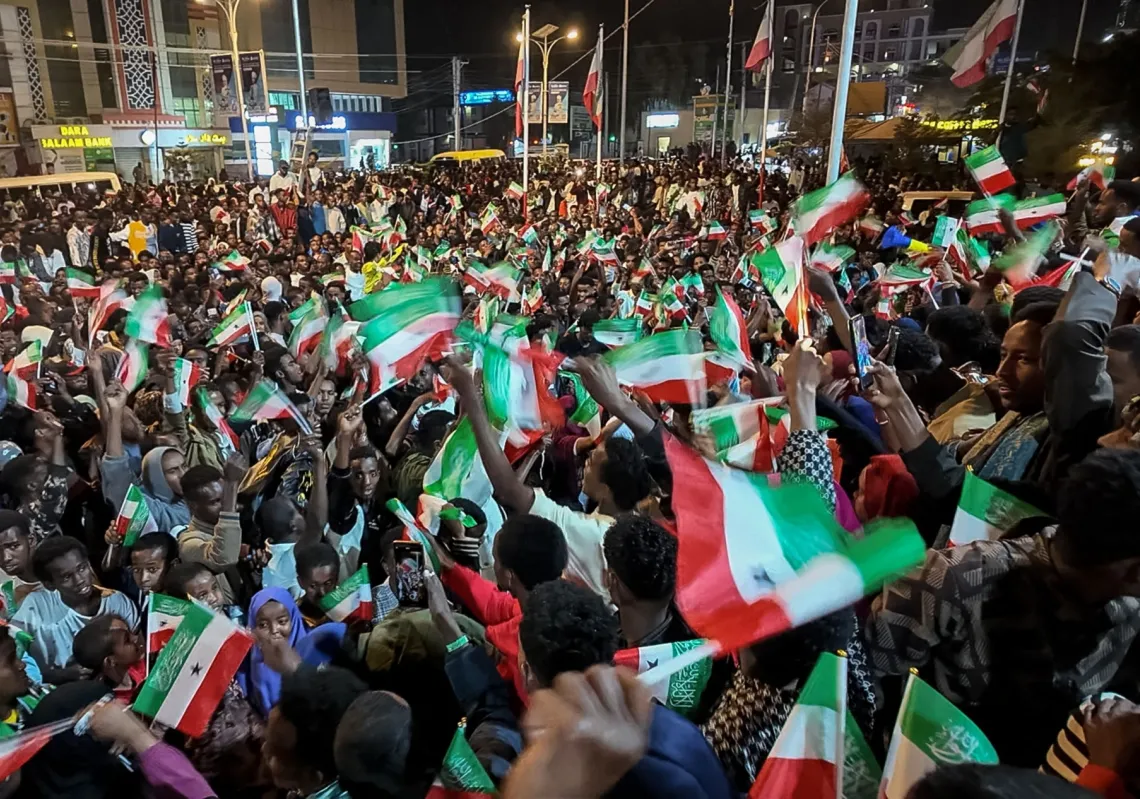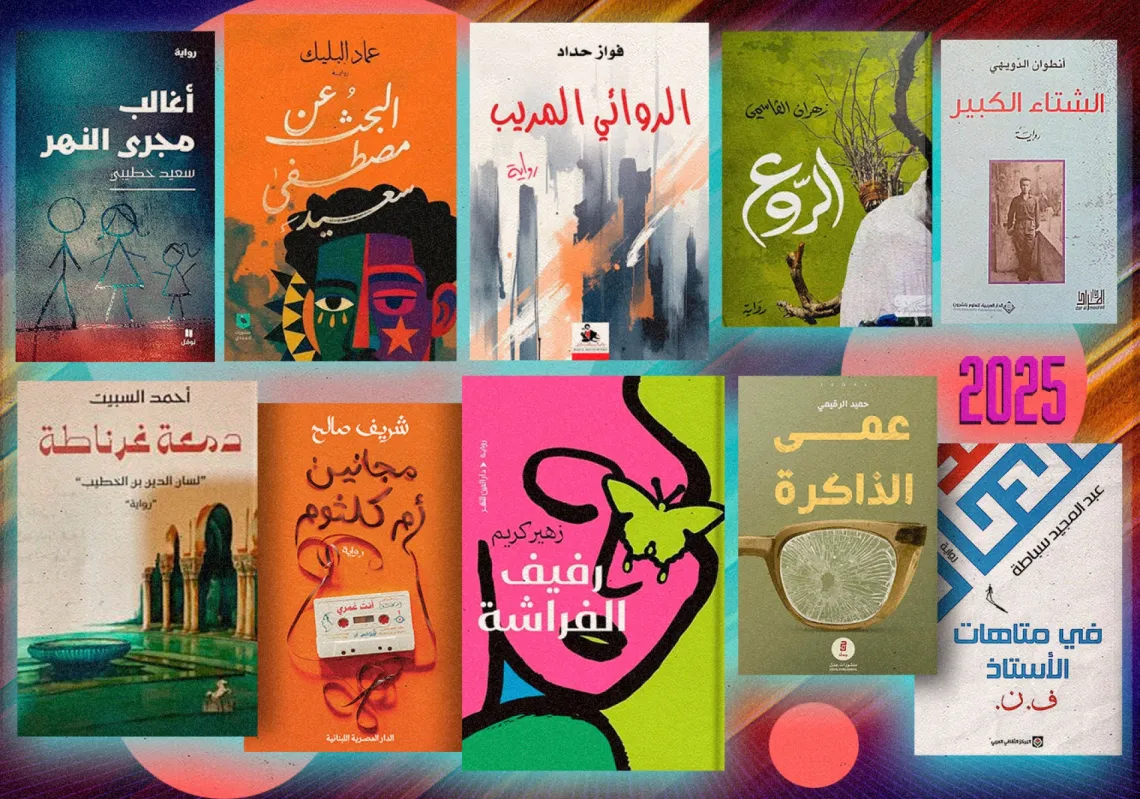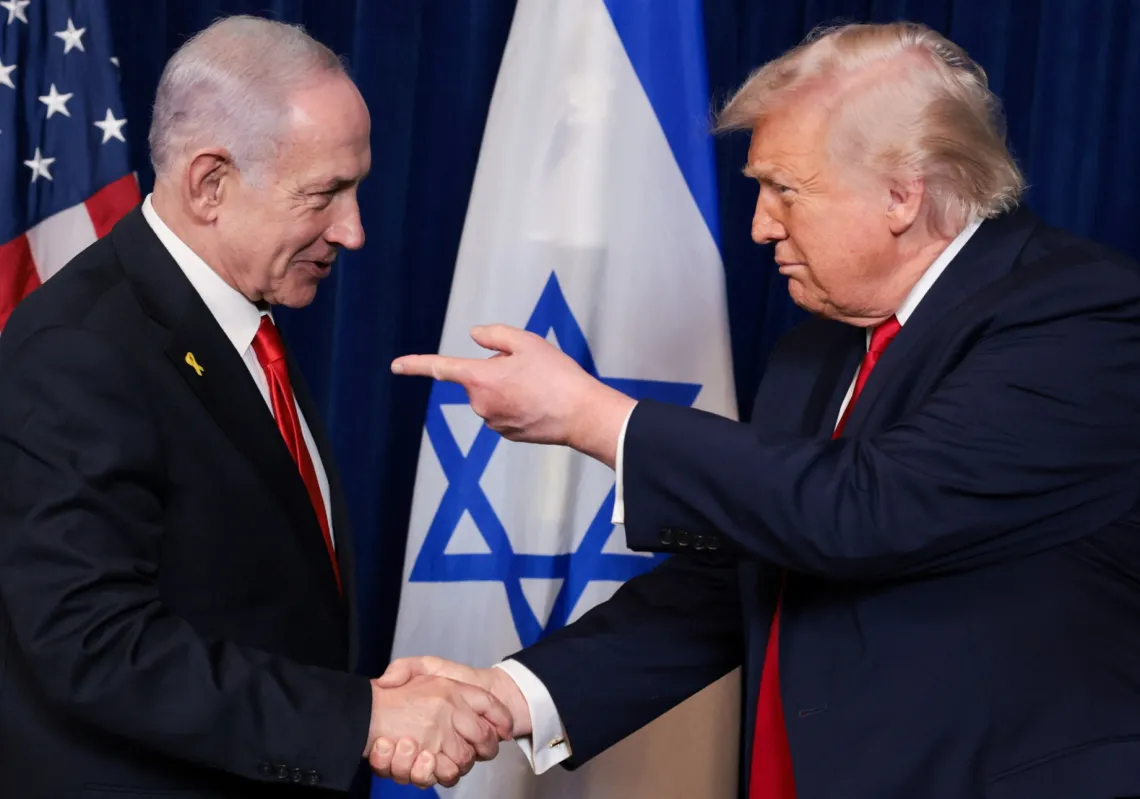This monthly feature offers an overview of what’s new on the big screen, spanning both mainstream and arthouse films across all genres, while also revisiting titles from the archive of classic cinema.
Caught Stealing
Written by: Charlie Huston (based on his own novel)
Directed by: Darren Aronofsky
Country of production: United States
One of this year’s most anticipated releases comes from acclaimed director Darren Aronofsky, best known for works such as The Wrestler, Black Swan, and The Whale.
Set in 1990s New York, Caught Stealing follows Hank (Austin Butler), a bartender who once dreamed of becoming a baseball star. A car accident shown in fragmented flashbacks throughout the film gradually reveals not only the full truth of what happened but also the extent to which Hank has suppressed it.
We learn that he has fallen into alcoholism and now lives a joyless life that threatens his relationship with his girlfriend, Yvonne (Zoë Kravitz). By sheer misfortune, the mild-mannered Hank—who usually keeps his head down—becomes the target of a brutal assault by a Russian mafia gang. Their true target is his neighbour, Russ, but he was away that day, and Hank was looking after his cat. The violence is relentless and heightened by Aronofsky’s flair for horror.
What begins as a fleeting brush with a dark and unforgiving world spirals into a nightmare likely to destroy Hank and those connected to him—his girlfriend, his boss, even his mother, with whom he talks about baseball on the phone.
Tonally, the film divides into two halves. The first builds the trap around Hank, whose attempts to seek police help only plunge him deeper into terror. The second shifts into unexpected territory, tinged with dark humour, absurdity, and narrative gaps that weaken cohesion but serve its philosophical undertones.
A group of devout Jewish men enter the fray, countering the Russian mob. Strictly observant, they revere their grandmother, but nonetheless commit acts of shocking violence. As Hank begins to decipher his nightmare, one of them declares: “You alone are to blame for all of this.” From then on, Hank is no longer merely a victim of fate but a challenger to it, perhaps even a Hollywood-style hero.
Ambulance
Written by: Ibrahim Al-Hajjaj, Alberto López
Directed by: Colin Teague
Country of production: Saudi Arabia
The Saudi film Ambulance (Is‘af) blends comedy, suspense, and drama in its story of Omar (Ibrahim Al-Hajjaj), a clumsy yet good-hearted young man working as a paramedic alongside his more composed partner, Khalid (Mohammed Al-Qahtani), who often bears the consequences of Omar’s mischief and poor judgment.
Omar is a compelling character. Adventurous and with a vivid imagination, he is tempered by cowardice and sees himself as a hero-in-waiting, desperate to prove to both his boss and Khalid that he is worthy of trust. His chance arrives one night when an angry Khalid accidentally hits a pedestrian with the ambulance, which draws the pair into a convoluted case of kidnapping and theft.
In the chaos, Omar encounters Lina (Basima Daoud). Quick to recognise his dreamy and impressionable nature, she feigns innocence, drawing him into the service of her criminal network, the true scale of which only becomes clear at the film’s conclusion.

